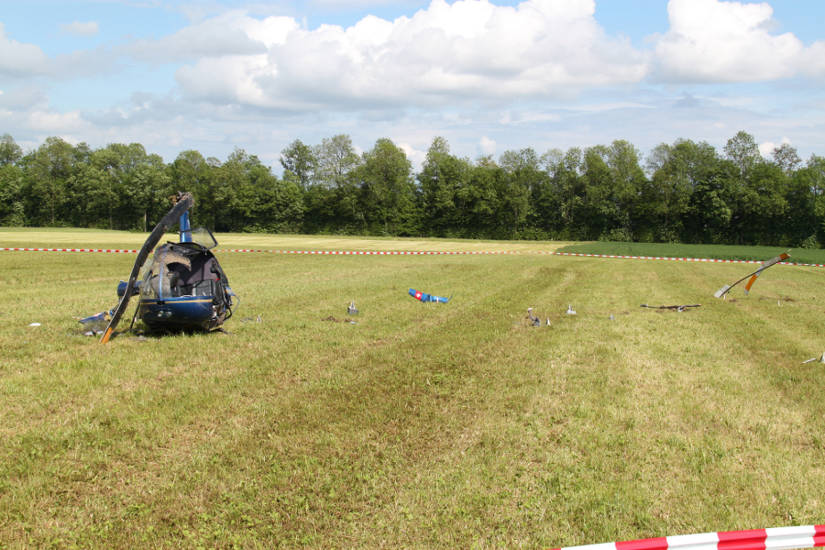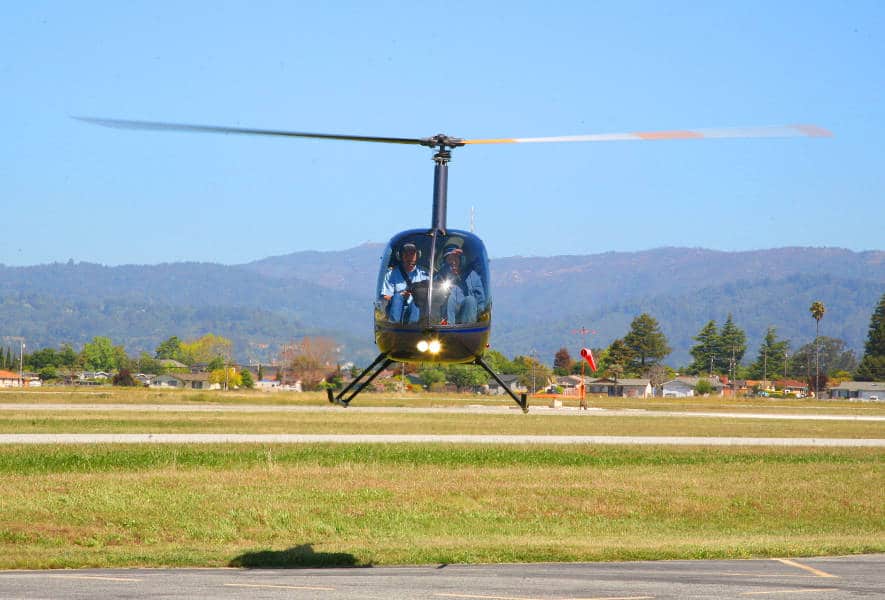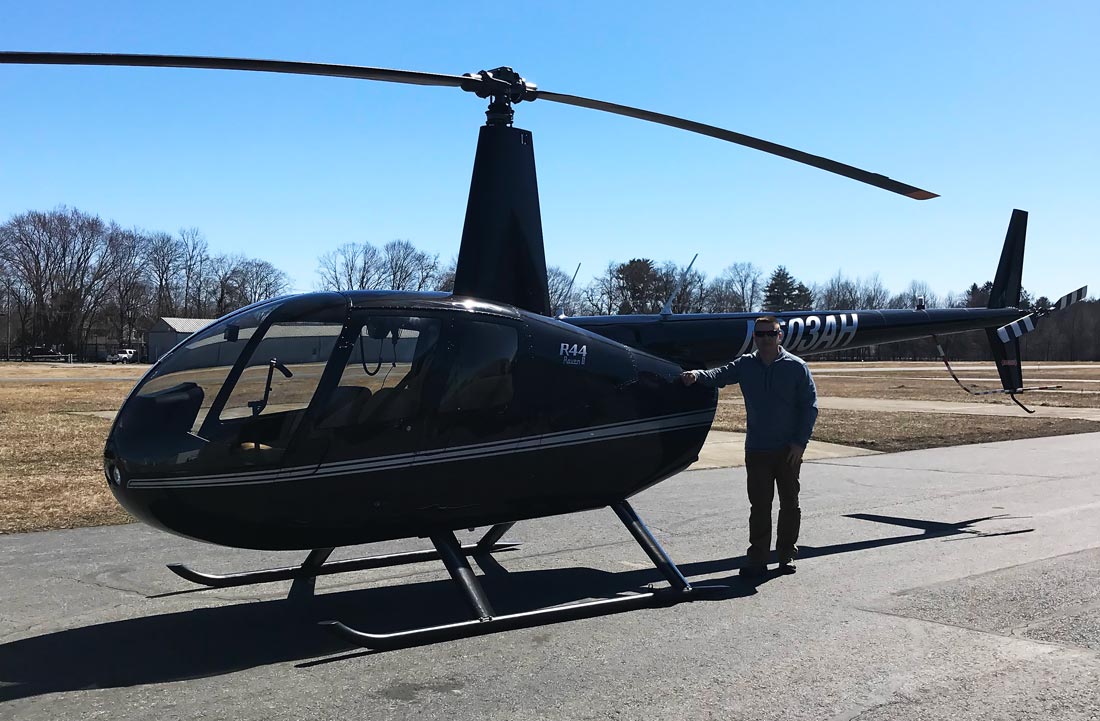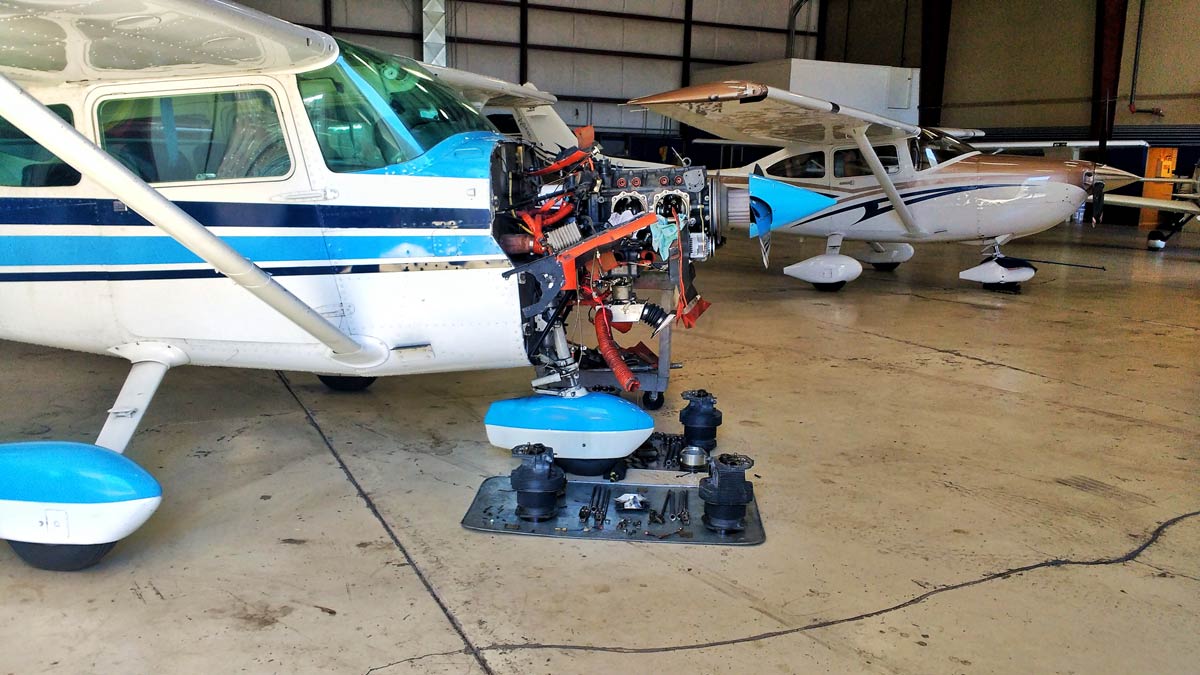SFAR 23 was a bloody start for Robinson Helicopters.
Pilots of Robinson helicopters have a special little rule that they are required to follow, a rule unlike any other in the aviation community. That’s fairly significant when you think about it, right? SFAR 73 requires special training above and beyond what is already outlined in Part 61, Certification.
Accidents Leading to SFAR 73
The Robinson R-22 two-seat, piston engine helicopter received its type certification from the FAA in 1979. It is a small, low-cost helicopter that would eventually become the most popular small utility/training helicopter around the world.
It would also have the highest accident rate, and by 1982 that rate was 6 fatal accidents per 100,000 flight hours (the General Aviation average fatal accident rate is usually around 1 per 100,000 hours).
Investigators could find no evidence of mechanical failure in the bulk of these accidents. It was a well-built aircraft with a reliable engine and strong construction. But a lot of them were falling out of the sky, and many people were killed, mostly low-time pilots and instructors. This phenomenon was a mystery to many for some time.
Three fatal accidents occurred within two weeks of each other in the fall of 1982. The first two accidents occurred when the main rotor struck and severed the tailcone in flight, and the third accident was a result of the main rotor hub pounding and then severing the rotor mast in flight.
Studies showed that it was impossible for the main rotor to contact the tailcone unless the main rotor RPM decayed to 50%. As a result, the NTSB issued a safety recommendation to suspend the R-22’s airworthiness certificate until further studies could be done to determine that pilots could react to a stall with a normal margin of error, and that the engine provided enough torque to the rotor system. The main rotor blades were so light that once the RPM began to decay, the low inertia would cause the RPM decay to happen at a rapid rate, faster than some pilots could react.
Fast-forward to 1992. Robinson Helicopter Company had since passed its tests, redesigned the blades (though they were still considered “low-inertia”), and started the Robinson Pilot Safety Course to teach CFIs about the differences in flying Robinsons from other helicopters. The accident rate was more closely aligned to that of the rest of the GA community. But in June of that year, an R-22 broke up in flight with no warning to the pilots, resulting in the deaths of a CFI and his student.
Accident investigation, in this case, was unique in that the student was recording audio of the lesson. Audio analysis indicated that the main rotor RPM was operating within limits when suddenly, with no warning or indication of mechanical failure, the main rotor struck the tailcone. Then the following year and again in 1994, there were two more fatal accidents where the main rotor diverged from its plane of rotation in flight and struck the fuselage.
The NTSB studied 18 other similar fatal accidents between 1982 and July 1994, and issued a safety recommendation to establish an airworthiness directive lowering the R-22 “never exceed speed” to a speed lower than that where previous accidents occurred, until a reason for the accidents could be found. The FAA rejected this recommendation.

That same year, 1994, there were two fatal accidents in Germany with the new R-44 four-seat model. In both accidents, the main rotor struck the cockpit. Before the year would end there would be two more fatal R-22 accidents where the main rotor struck the tailcone in flight. No sign of mechanical failure could be found in any of these accidents.
In January 1995 the NTSB issued another safety recommendation to suspend all flight operations in the R-22 and R-44 until further research, testing, and modifications could be made. The FAA followed up on this one week later issuing Special Airworthiness Information to give pilots background on these accidents.
Research and testing showed the blades were not inherently unstable, but that these accidents occurred from a low RPM situation or large control inputs that caused the rotor hub to strike the mast – pilot error. Out of this, SFAR 73 was born in March 1995.
SFAR 73 Revisions
The emergency SFAR 73 was issued in March 1995 with an expiration date of December 31, 1997. This SFAR required special training, endorsements, and flight reviews for all persons wishing to operate the controls of an R-22 or R-44.
By the time the expiration date of this emergency SFAR came around, there had been no accidents related to low RPM, low g, or main rotor contact with the fuselage. The SFAR was extended five years, through 2002, and was amended slightly.
Between 1998 and 2002 there were only two accidents involving low RPM or low g; a significant decrease from previous years. The FAA extended SFAR 73 through March 2008, and as a result of ongoing low accident rates, was made a permanent addition to Part 61.

Current SFAR 73
Do you fly, or wish to fly Robinson helicopters? This is SFAR 73 in plain English.
In its current state issued August 2015, this SFAR still only applies to the R-22 and R-44, not the new R-66 turbine.
Awareness Ground Training
- Consists of energy management, mast bumping, low rotor RPM, low g hazards, and rotor RPM decay.
- Completion of the Robinson Pilot Safety Course will satisfy this awareness training.
For Students without Helicopter Rating
- Before first flight: Awareness training and logbook endorsement.
- Before logging PIC time: 10 hours of dual instruction and a logbook endorsement (R-44 students can credit 5 hours of R-22 time).
- Before your solo: 20 hours of dual instruction in that particular model and a logbook endorsement, good for 90 days, showing you’ve received training in enhanced autorotations, RPM control without the governor, low RPM and recovery, and effects of low g & recovery.
For Pilots with Helicopter Rating
- Awareness training and a logbook endorsement.
- With less than 200 helicopter hours.
- An endorsement and flight training in enhanced autorotations, RPM control without the governor, low RPM and recovery, and effects of low g & recovery.
- 10 hours of dual instruction in the R-22 for the R-22; R-44 pilots can credit 5 hours of R-22 time.
- An annual flight review in the specific model you wish to fly (can’t count an R-22 flight review towards the R-44).
- With greater than 200 helicopter hours, including at least 50 in the R-22 (for R-22) or 50 in the R-44 (for R-44, can credit 25 hours of R-22 time).
- A biennial flight review in the specific model you wish to fly (can’t count an R-22 flight review towards the R-44).
For Instructors
- Awareness training and a logbook endorsement.
- At least 200 hours in helicopters, which include at least 50 in the R-22 (for the R-22) or 50 in the R-44 (for R-44, can credit 25 hours of R-22 time).
- Complete the proper flight training outlined above.
- An endorsement from a pilot examiner.
There is nothing “wrong” with the design of Robinson helicopters. It just has unique operating characteristics and is a very safe helicopter to fly with the proper knowledge of its operation.
For the full text of SFAR 73, click here.
FURTHER STUDY:















Based on my experience in both models;
They should ammend SFAR 73 to say that if you are current (BFR and passenger) in the R22 and have “x” amount of hours in the R44 (say maybe 100) you no longer need to do an additional BFR and/or passenger currency flight in the R44 as well!
Your second bullet under students without a rating is incorrect.
The only way to log PIC time is to have a rating in category and class. 61.51 e ,1,i
That bullet in the SFAR 73 2,b,1,ii and 2,b,2,i applies to helicopter rated pilots who do not have 200 hrs total and 50 hrs in make and model.
Well written article but That first video has the physics of the mast bump/boom chop all wrong and really detracts from the quality of your article as a tool for teaching new (and experienced) pilots.